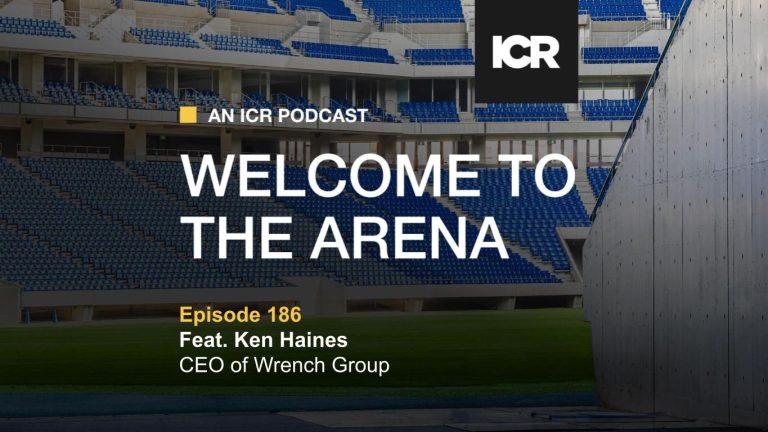The new European regulation MiFID II, which went into effect earlier in 2018, mandates the unbundling of trading commissions from investment research payments, requiring investment firms to value and pay for research and corporate access separately. Although investment management and trading activity in the U.S. are not subject to MiFID II by law, large global investment banks, boutique investment banks and asset management firms are adopting its provisions given the global nature of their businesses.
This is unchartered territory and is already resulting in significant changes in the investment industry for 2018 and beyond:
ICR expects sell-side research coverage to decline. As buy-side firms become more discerning about valuing the research they receive, this will likely reduce demand for research and cause a reduction in sell-side research coverage.
ICR expects companies to see more demand for calls and meetings directly from asset managers. The buy-side community has already begun to build out their own direct outreach teams and engage companies directly for information and corporate access opportunities.
ICR expects non-traditional corporate access firms may play a larger role. These firms have lower cost structures than traditional banks and do not have trading conflicts, and will be able to maintain relationships and secure meetings with better-targeted, long-only funds.
Given the potential for shrinking research attention coupled with an increasing responsibility on management to engage the buy-side directly, each company will be faced with an even greater need to act as its own advocate to ensure that its investment proposition is heard and understood by the investment community.
Here are some tips to help management teams effectively navigate the new MiFID II environment and best market to the investment community:
1. Support existing analysts, identify & align with top analysts. Attend conferences and selectively utilize your existing analysts for non-deal roadshows. Analysts with corporate support will be more likely to remain amid reductions.
2. Identify alternative research platforms. Engage with independent and boutique research firms as they may grow in relevance as the research environment evolves.
3. Identify alternative corporate access options. This can independent platforms without the trading conflicts, and can maintain relationships with most buy-side targets.
4. Invest more in the IR function. With a diminishing pool of bank-sponsored resources available to issuers, outreach and roadshow planning will need to be more internally-driven to ensure your company continues to be front-of-mind with investors. Also, with fewer analysts to answer investor questions, the volume of inbound calls and requests will likely increase, requiring more time from management.
5. Proactively reach out to the buy side. The buy side still values interaction with management teams. With no research payment to negotiate, corporate or investor relations advisor efforts can fill a void formerly addressed by investment bank corporate access teams.
6. Crystalize your message across all investor communications. With a smaller analyst echo-chamber, the importance of clear, consistent and concise communication is Guidance, including the introduction of additional metrics, will be of increased importance.
7. Add more industry perspective. Be an industry “expert” and give investors a reason to pay attention. Explore ways to more proactively demonstrate your company’s value proposition within your industry.
8. Regularly assess market sentiment. Seek feedback, and leverage independent sources to survey valuation, investor perception and consistently solicit views which can provide an early understanding of potential issues or concerns. Appreciate the risk/reward nature of the company’s stock and its drivers of value compared to that of the peers and the broader market.
9. Know your shareholder base. Understand the objectives of, and have an outreach plan to engage all categories of investors: active, passive, generalist, specialist, event-driven, retail, etc. Types and levels of engagement will vary and are critical even with passive investment platforms.
10. Embrace technology that can provide alternative methods of reaching shareholders. Consider alternative sources of communication, such as social media, blogs, white papers, corporate videos, and the financial media.
11. The strategy of “under-promise & over-deliver” will be even more vital to long-term share price performance than ever before. Over-promising and under-delivering usually relates to long-term share price performance. With reduced analyst coverage resulting in less clarity on valuation, recovering from these negative events will likely be more difficult and more time consuming. Thus managing against such risks should be a heightened focus of management teams and their advisors.
Given the currently evolving landscape, it is more important than ever to have a robust investor relations and corporate communications program in place. To receive a complimentary copy of ICR’s white paper on MiFID II, please e-mail ICR at steven.boediarto@icrinc.com.



